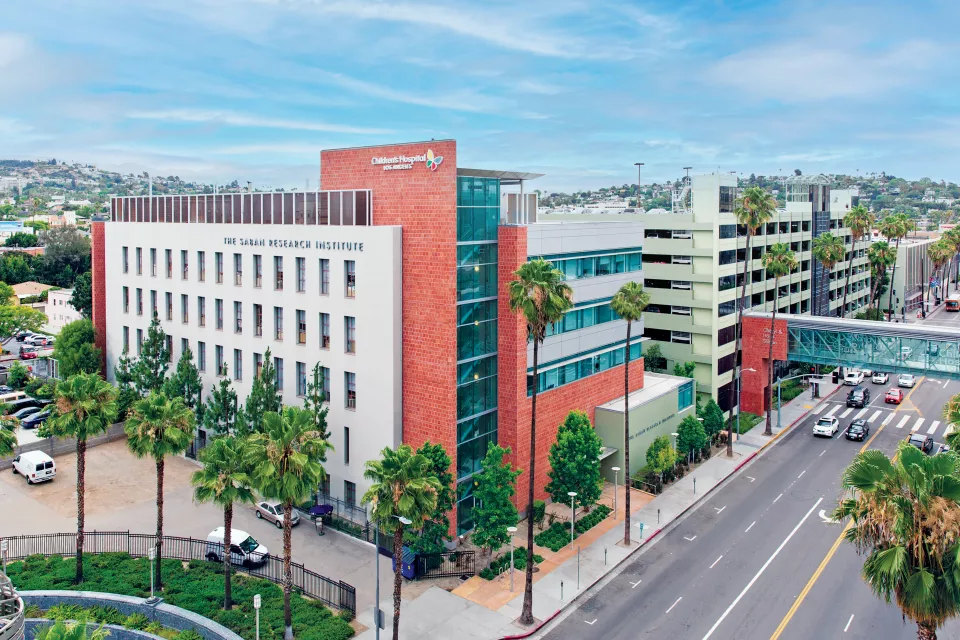Research Topics
- Primordial germ cell development
- Vascular and heart development
- Dynamic video-microscopy
- Genome engineering
- Immersive visualization of embryogenesis in health and disease
Research Overview
My group investigates the fundamental principles that guide how cells self organize through collective interactions to bring about changes in embryonic form and function, with our particular focus in the developing neural and vascular systems. We are interested in how molecules work together to control the timing and the spatial pattern of cell differentiation in developing tissues and stem cell systems. Over the past decade we developed transgenic, fluorescent protein (FP) expressing Japanese quail as an experimental system. We simultaneously developed state-of-the-art live cell and tissue imaging methodologies and use them to better understand the complex cellular processes underlying embryonic development and disease. The transgenic quail model system is rapidly emerging as we share our transgenic lines prior to publication and teach labs worldwide how to work with the tools and techniques of imaging and genetically perturbing their embryos.
What is occurring in a cell at one moment in time may not be true at another moment under different natural or pathological conditions, such that methods that give a snapshot of gene expression or the cellular state might not provide a good depiction of the developmental process over time. In addition, it is simply not feasible to dynamically analyze cell behaviors and tissue movements during the equivalent of the first trimester of human development using rodent or human embryos for technical and ethical reasons. Discovering how nature assembles organs de novo within a living embryo is essential for tissue engineers to regenerate functional organs. In response to this challenge, my lab has collaborated with an interdisciplinary teams of biologists, bioengineers, physicists, mathematicians, technologists, and clinicians at Caltech, USC, and abroad for two decades to develop the Zeiss Meta and evolve multiplex 4D imaging, compose new algorithms that automate quantitative analysis, generate new multispectral fluorescent probes, create the transgenic quail model system, and devise single cell analysis techniques required to now delve deeply into the fundamental mechanisms that drive morphogenesis and organogenesis.
Primordial germ cell development
Primordial germ cells (PGCs) are the embryonic progenitors of the gametes and are thus essential for the propagation of vertebrates. A mistake at any step from PGC specification and migration to the gonads, or within the processes of gastrulation will have a major impact on proper embryo development and lead to congenital malformations or death. We are taking an interdisciplinary approach to studying primordial germ cell development in the context of the living embryo by combining the power of molecular genetics with advanced optical imaging.
Dynamic analysis of heart and vascular development
To increase our understanding of how neural and vascular cells and their stem cell precursors are precisely patterned in space and time, we use dynamic computational imaging to study heart morphogenesis, neurovascular interactions, mid-forebrain formation and tumor angiogenesis. We are using dynamic data sets from transgenic quail to study the biomechanics of heart looping and sinoatrial node formation, along with gene expression oscillations in somitogenesis and midbrain-forebrain formation.
Dynamic single cell methods to study heterogeneity
To properly describe the complexity of embryogenesis we use high-resolution time-lapse imaging of quail transgenic embryos to collect data of the molecular, cellular and tissue dynamics underlying development and patterning with a previously unmatched precision. We are assembling these parameters to build a quantitative 4D-model based on biological values that combines morphogenetic and patterning aspects of embryogenesis.
YFP+ endothelial cells within the developing aortae of tie1:H2B-EYFP are localized inside of the QH1-signals demarcating every endothelial cell membrane in HH stage 11 embryos. Anterior is top.
Efficacious genome modifications in stem cells and embryos
We develop and use various gene transfer technologies in primordial germ cells and in embryonic stem cells in hopes of someday genetically treating monogeneic disorders. The genetic modification could involve correction of a genetic defect in human stem cells or the mutation of a desired gene within the quail genome to model human disease. Dynamic metabolic profiling during development We are integrating imaging, genomics, proteomics and glycomics to provide powerful new tools for understanding the molecular basis of metabolism during development and disease.
Three-dimensional renderings of e10 quail developmental atlas. Unlike traditional atlases, which are based on histological sections, these atlases are built from µMRI, a nondestructive imaging modality that preserves the native morphology of tissues. Because MRI derives contrast from the paramagnetic properties of water and its chemical and physiological environment, not the optical properties of the tissues, minimal specimen preparation is necessary.
Current Funding
The Lansford lab thanks the generous support of the Human Frontiers Program, the National Institutes of Health, the Rose Hills Foundation, the Wright Foundation, and the CHLA Foundation.
Awards
- NASA Space Act Award for Two-photon Microscope Imaging Spectrometer for Multiple Fluorescent Probes (along with Greg Bearman and Scott Fraser) 2003
- R&D 100 Award for development of META multispectral imager (along with Greg Bearman, Scott Fraser, and Carl Zeiss Jena GmbH) 2002
- Bridge Art+Science Alliance Award "New Ways of Seeing the Pattern: Exploring Heart Formation in a Gestural Interface System" (along with John Carpenter) 2017
Publications
Huss DJ, Saias S, Hamamah S, Singh JM, Wang J, Dave M, Kim J, Eberwine J, and Lansford R. Avian primordial germ cells contribute to and interact with the extracellular matrix during migration. Front Cell Dev Biol. 7:35, 2019. PMID: 30984757
Bénazéraf B, Beaupeux M, Tchernooko M, Wallingford A, Salisbury T, Shirtz A, Shirtz A, Huss D, Pourquié O, François P, Lansford R. Multiscale quantification of tissue behavior during amniote embryo axis elongation. Development, 144: 4462-4472, 2017. PMID: 28835474
Resources
Society of Developmental Biology
Eli and Edythe Broad Center for Regenerative Medicine and Stem Cell Research at USC
